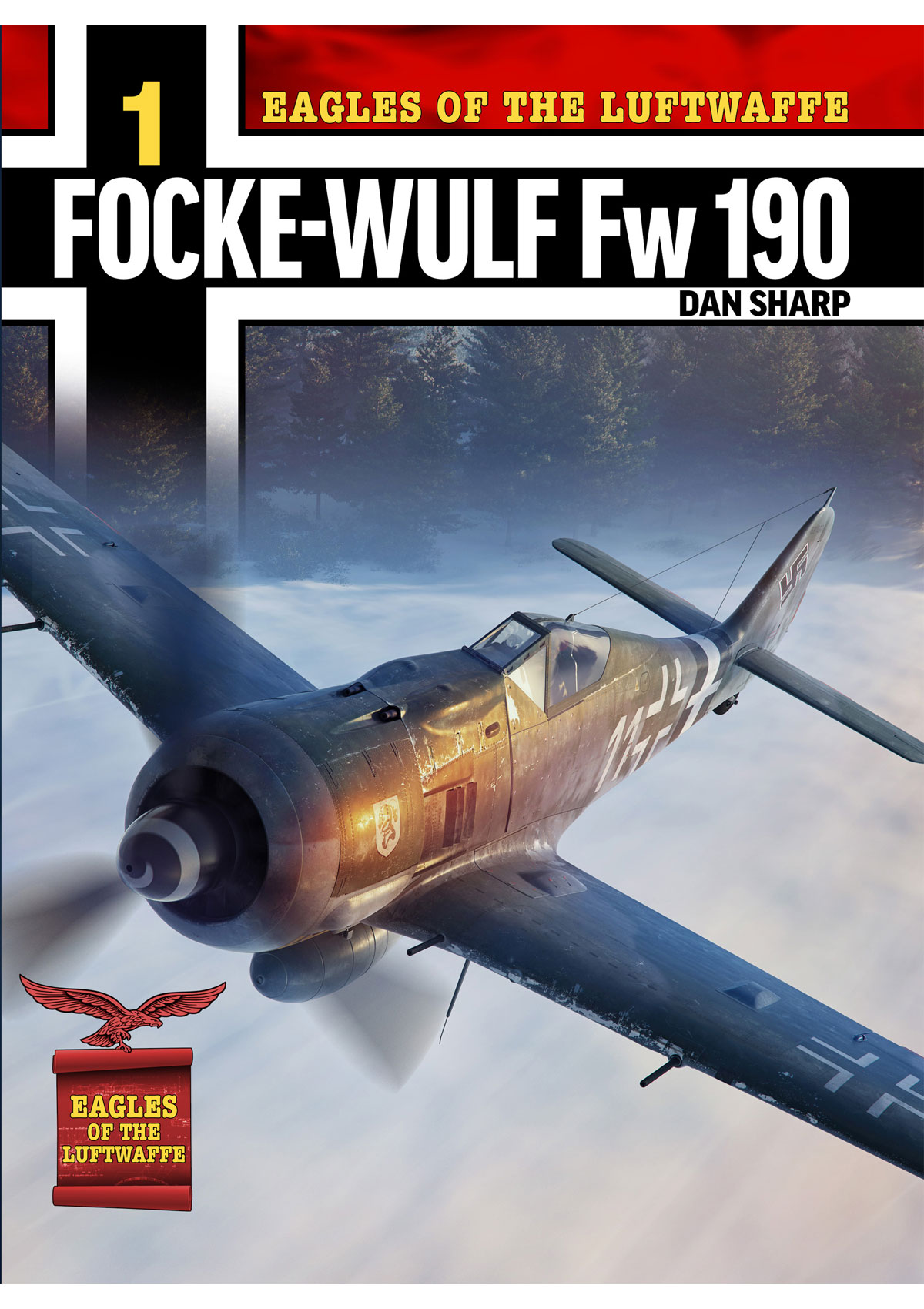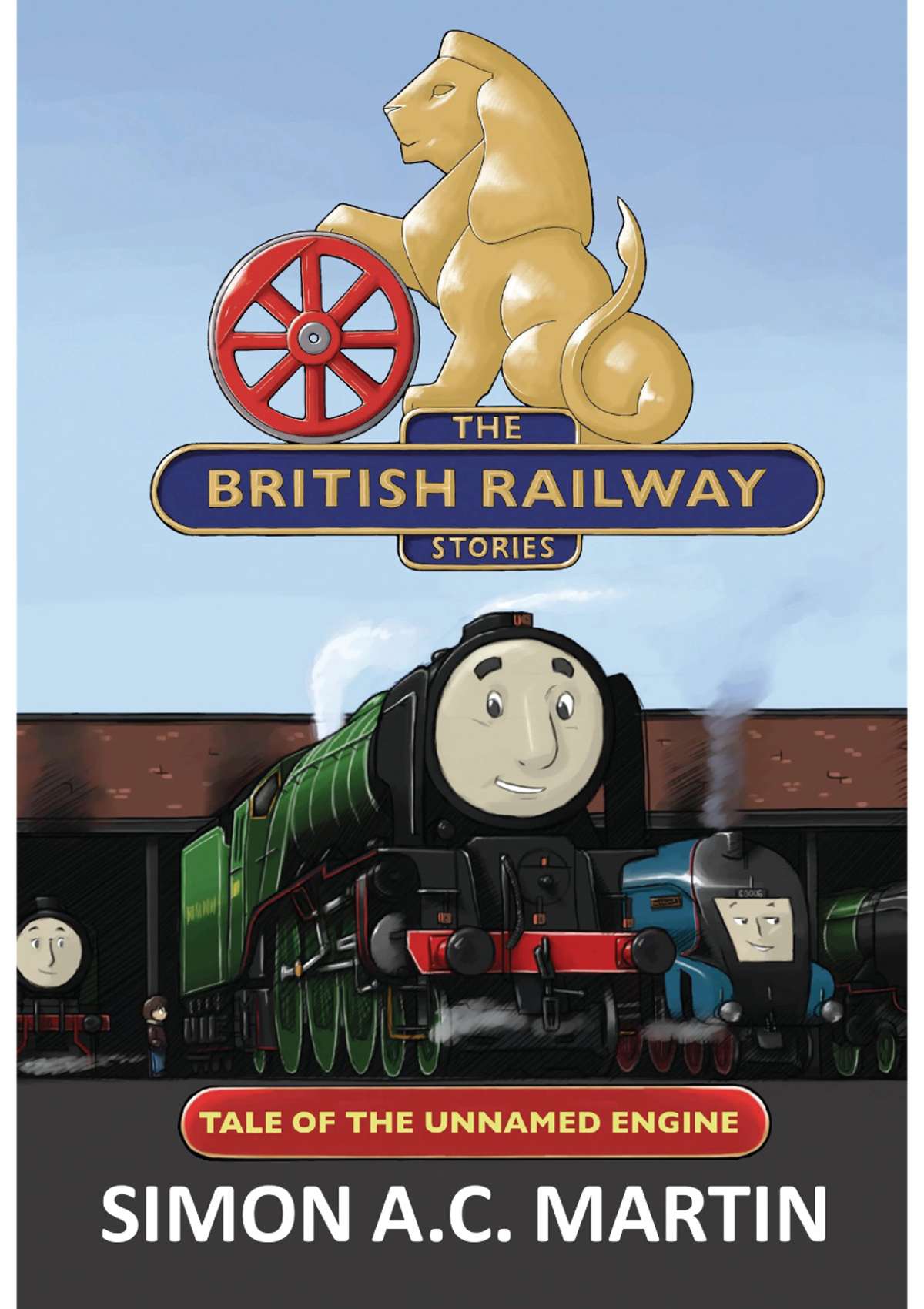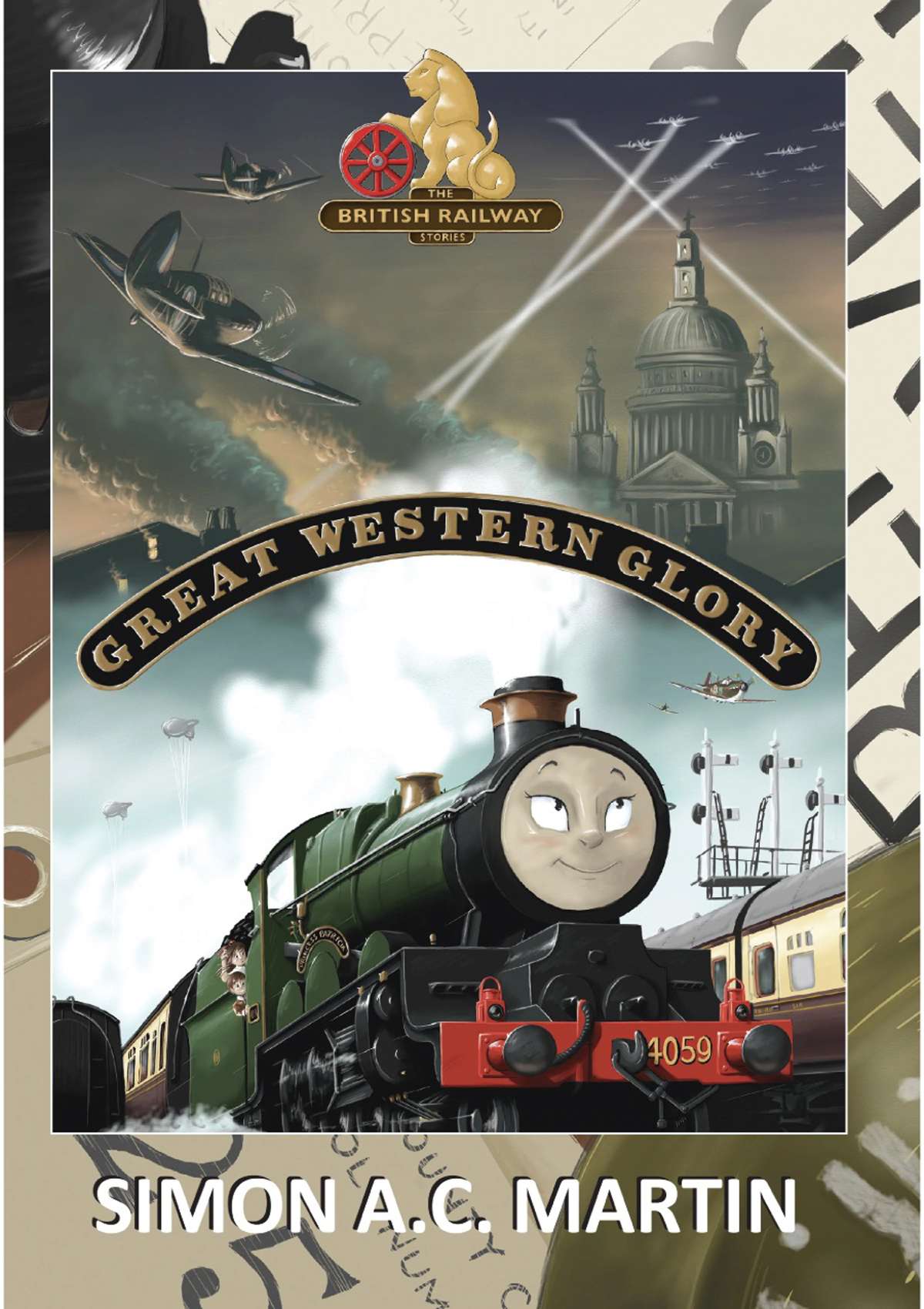Chasing Diesels in the Last Century
Increasing affluence and a second-hand car allowed the author a geographical range previously denied to him and with various pals he embarked in the 1970s and 1980s on a number of expeditions to various parts of the country, to photograph diesel locomotives, then still running in abundant numbers and variety. There were busy main line centres to be explored – York, Doncaster, Crewe and the rest but also obscure corners that could only be found by recourse to maps, sometimes inquiring of locals with barely understandable dialects, something after the fashion of Victorian explorers.
Nowadays there are very few locomotives at work in this country and computer apps enable anyone to locate their whereabouts as easily as those actually responsible for operating them – something of course unimaginable back in the 1970s. Back then there were still considerable numbers of locomotives working major traffic flows across the country – most notably coal and steel – on a scale undreamed of today.
Diesel locomotives on freight traffic ran more often than not at night so had to be tracked down in their daytime lairs, at depots often located in out of the way places. Then there was the problem of entry which could normally be negotiated with sympathetic staff in an age less concerned with health & safety, legal liabilities, terrorism and the like.
There follows a tale of chasing what was then a huge variety of locomotive types in unsung, unknown corners of the kingdom, bump-starting successive wheezing cars, unsavoury B&B establishments and the more benign forms of trespass.
A rollicking tale of an altogether more innocent railway age.






